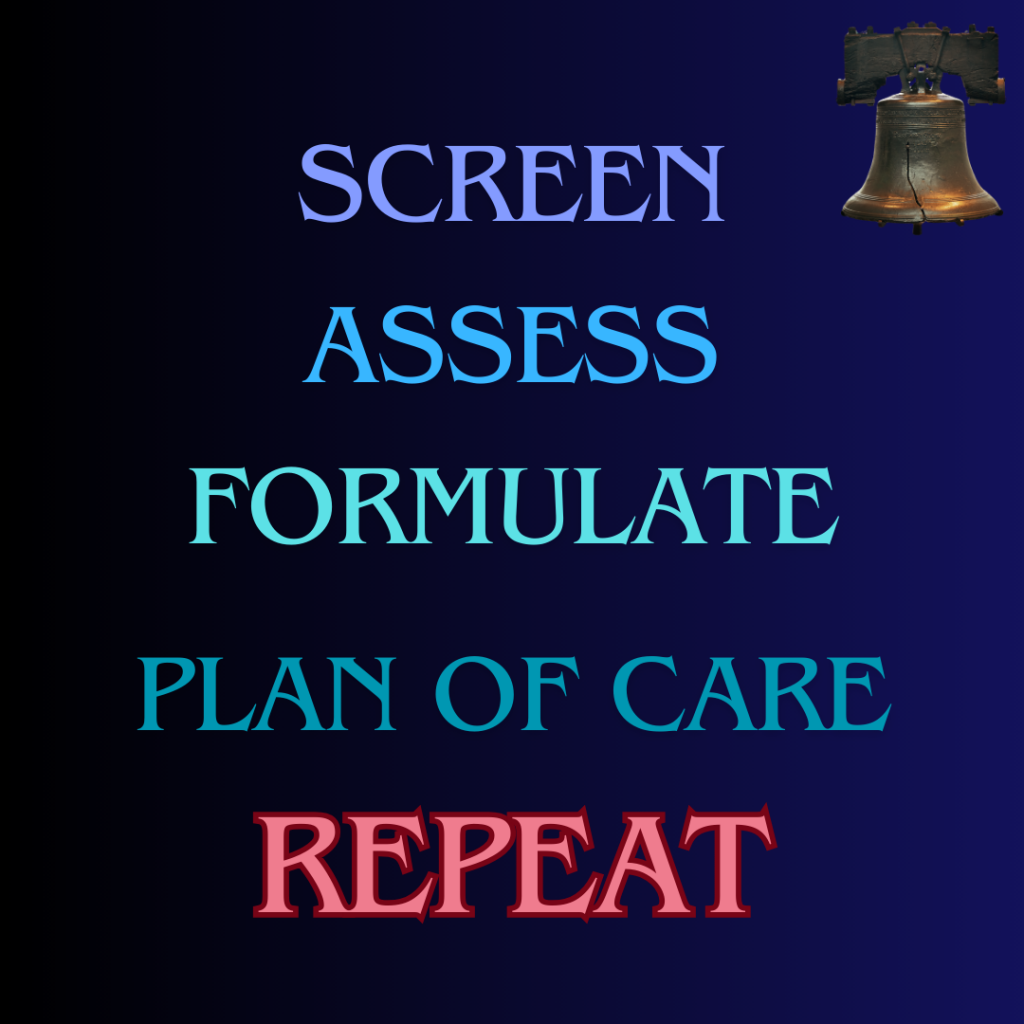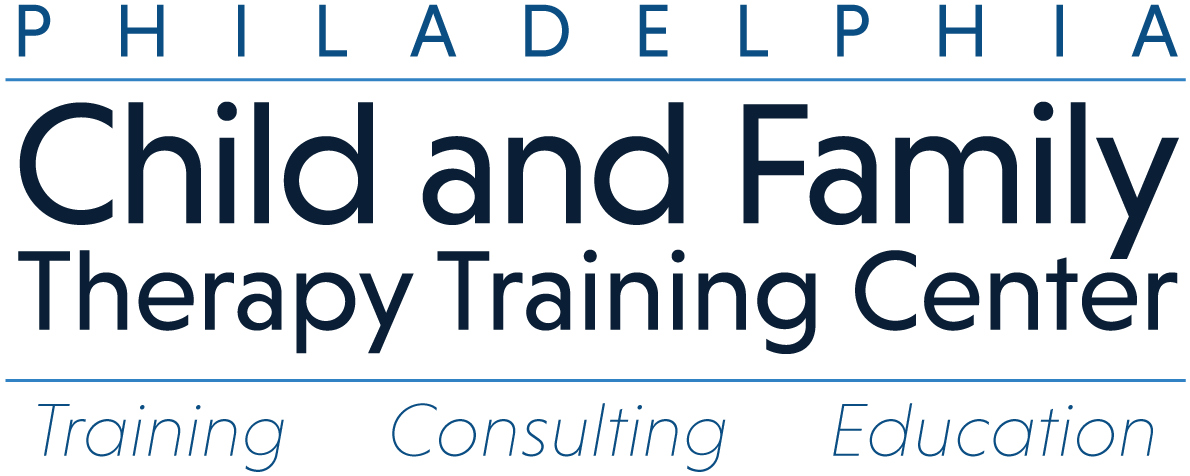
What is Risk?
PCFTTC leadership attended the Thomas Jefferson University. They heard from several suicide prevention experts (Dr. Berman; Dr. Anestis; Dr. Zullo). It is clear from the program YOU CAN’T PREDICT RISK, but you can be a “reasonable and prudent clinician.” And continuing to understand risk screening, assessment, the literature, and formulation are key to clinical work, as 1 in 3 professionals will have a client who kills themselves.
Several Important take aways:
- Imminent risk is a legal word, not a clinical word.
- A suicide screener (ASQ; Columbian) is not a suicide risk assessment.
- Risk assessments involves as many resources as possible (collaterals too).
- A suicide risk assessment isn’t a risk formulation.
- Risk formulation is necessary to prove you are being a “Reasonable and Prudent Clinician.”
- Risk formulations informs the entire treatment plan process/response plan/crisis plan.
- A full risk assessment should be done on everyone, even when they don’t endorse on a suicide screener because it data. Data informs the risk formulation, that informs the clinical approach.
- 95% of people who attempt suicide with a firearm die. Create means safety!
-Example NIH Decision Tree-
Do you see Screener vs. Assessment vs. Formulation?
Suicide Prevention Resources
National Suicide Prevention Lifeline
1-800-273-TALK (8255)
Spanish/español: 1-888-628-9454
Crisis Text Line
Text HOME to 741-741
Suicide Prevention Resource Center
